Tuesday is a busy day for earnings reports as Chinese e-commerce giant Alibaba reports before the open, followed by Amazon and Alphabet after the close.
Below, via Options AI, is a look at how options are pricing the expected moves in these stocks for the week (at the time of writing):
Alibaba 4.7%
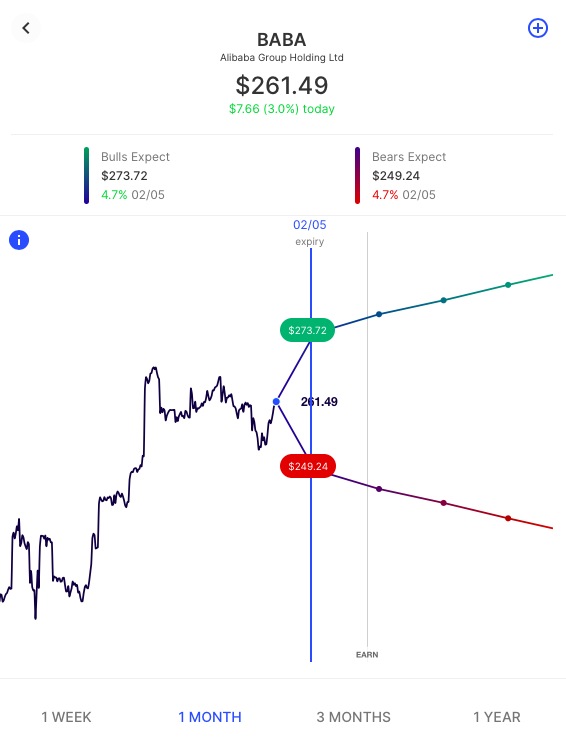
Amazon 4.8%
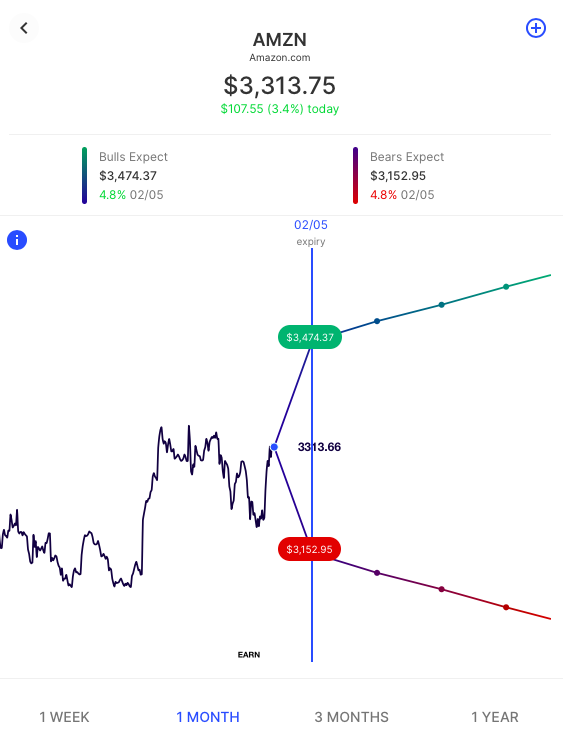
Alphabet 4.5%
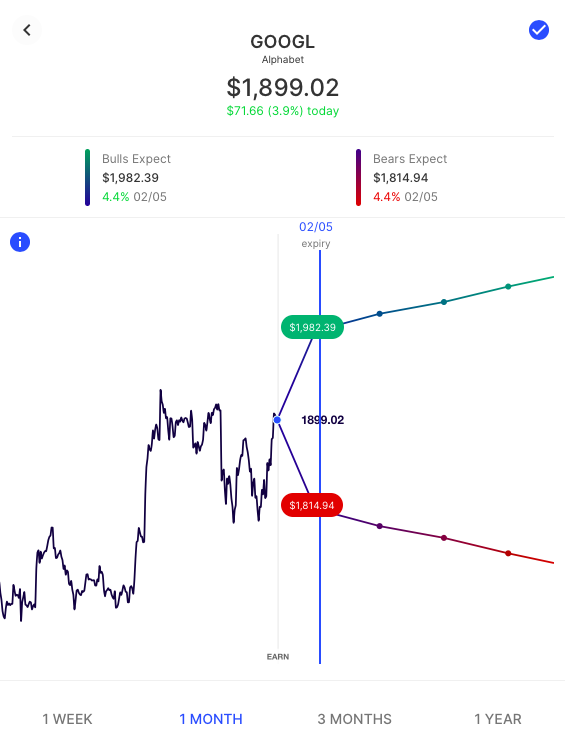
See the Options AI calendar with expected moves here.
Whatever your trading view, with high-priced stocks like these, we can look at how option spreads might be used to reduce capital outlay and potentially improve probability of profits (versus buying an outright call or put). We’ll also see how the expected move itself can help guide strike selection through this process.
Please note, all trade strategies are for informational purposes only and pricing is approximate at the time of writing. They represent just a few of the many potential ways that options might be used to express a view.
Spreads to ‘Trade with the Bulls’ or ‘Sell to the Bears’
At the time of writing, with Alibaba stock trading $261, the 272.50 Call is trading around $310, It enjoys uncapped potential upside above a break-even stock price of $275.50 (Strike Price 272.50 + Cost of Call 3.00).
However, knowing that the options market is pricing an upside move of about 4.7%, let’s assume that a trader is inclined to agree with the crowd – that a move beyond that is indeed, less likely. In this scenario, a trader might look to a Debit Call Spread, targeting this expected move.
The +262.50/-272.50 Call Spread, lowers the trader’s breakeven to about $266 and thereby increases probability of profit (in exchange for capping potential upside at the expected move level by selling the upside call):
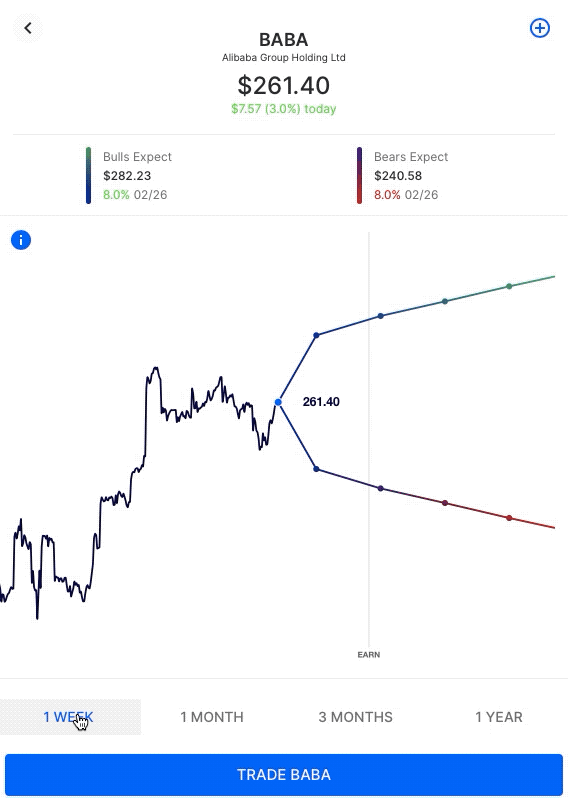
Here are how those strikes look, note the net debit for this call spread is not much more expensive than the out-the-money call:
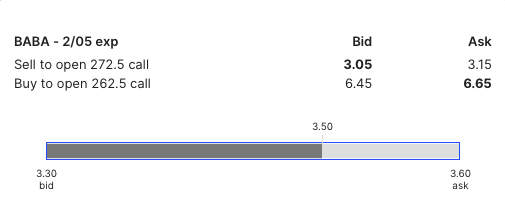
And seeing the trade on the chart we can see how much closer the breakeven of the trade is to the current stock price than an upside, out-of-the-money call:
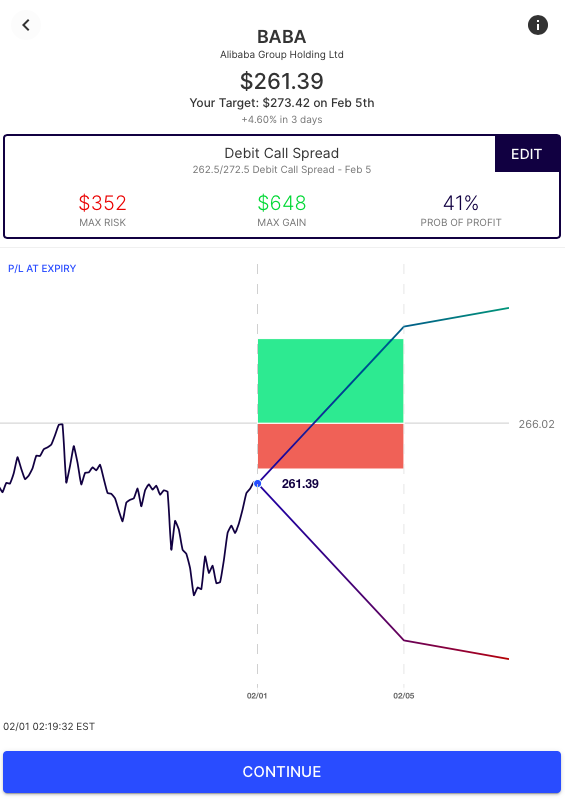
Credit Put Spreads
On the theme of creating trades with a higher probability-of-profit, let’s turn to bullish spreads that can instead be thought of as ‘Selling to the Bears’ in order to collect premium / generate income. One option would be to look to Credit Put Spreads, using the corresponding bearish expected move level. Here’s two potential ways to use the expected move for this strike selection. One is to sell an at-the-money Put (for a credit) while defining the downside risk with a simultaneous purchase of a Put at the bearish consensus. The other is to sell an out-the-money Put Spread with a breakeven at the bearish consensus: These strategies present the benefits of knowing your maximum loss (difference between strikes, minus premium collected), as well as a higher probability of profit (as premium collected serves to lower breakeven) in exchange for a higher risk to reward ratio. Here are the those two Credit Put Spreads in comparison to the Debit Call Spread already discussed. Note the difference in probability of profit versus risk/reward:

Spreads to ‘Trade with the Bears’ or ‘Sell to the Bulls’
Spread trades to express a bearish view around the expected move can be generated by inverting the methodology and thought-process outlined above. Let’s look at some examples below:

Spreads to ‘Sell to both the Bulls and the Bears’
Finally, let’s consider the scenario where you believe that the options market is overpricing the move and believe that a stock like BABA will stay within the expected move on a given timeframe. We’ll explore a trade that ‘sells the move’ to both the bulls and the bears – the Iron Condor:
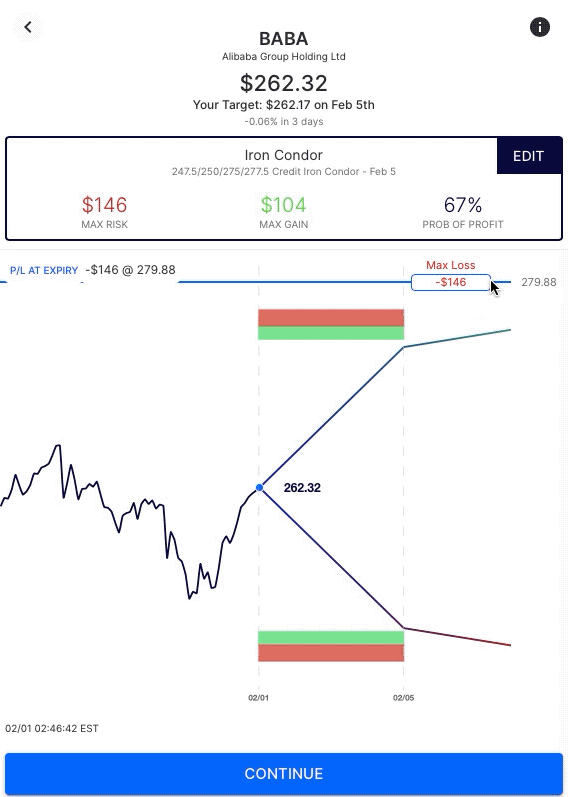
Note the range created on the chart around the expected move. The Iron condor, which involves simultaneously selling an out-the-money Credit Call Spread, and a Credit Put Spread seeks to collect the premium (income) received if BABA stays within the expected move.
Summary
Remember, the above are just examples of the many ways a trader might express a view using options. They are intended solely to demonstrate how the expected move can help provide actionable insight to consider before making any trade, particularly into an uncertain event and how it might be used for more informed strike selection. Learn / Options AI has a couple of free tools as well as education on expected moves and spread trading. The concepts shown in Alibaba can apply to any stock and it is simply used here for illustrative purposes.


